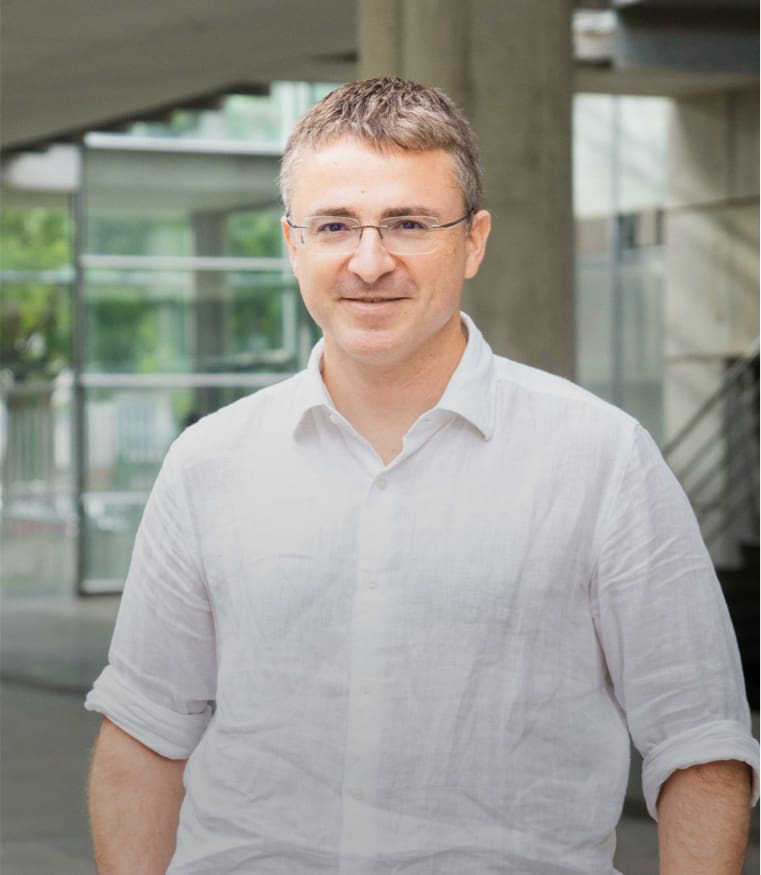Native amides as Enabling Vehicles for Forging sp3–sp3 Architectures via Interrupted Deaminative Ni-catalyzed Chain-Walking
Herein, we disclose an interrupted deaminative Ni-catalyzed chain-walking strategy that forges sp3–sp3 architectures at remote, yet previously unfunctionalized, methylene sp3 C–H sites enabled by the presence of native amides. This protocol is characterized by its mild conditions and wide scope, including challenging substrate combinations. Site-selectivity can be dictated by a judicious choice of the ligand, thus offering an opportunity to enable sp3–sp3 bond formations that are otherwise inaccessible in conventional chain-walking events.

Rodrigalvarez, J.; Wang, H.; Martin, R.
J. Am. Chem. Soc. 2023, 145 (7), 3869–3874
DOI:
10.1021/jacs.2c12915

Let's create a brighter future
Join our team to work with renowned researchers, tackle groundbreaking
projects and contribute to meaningful scientific advancements




















